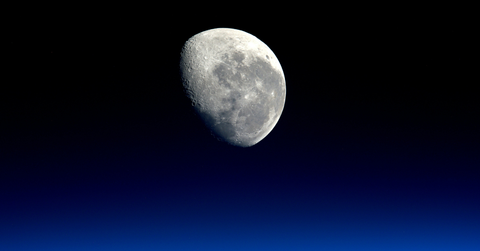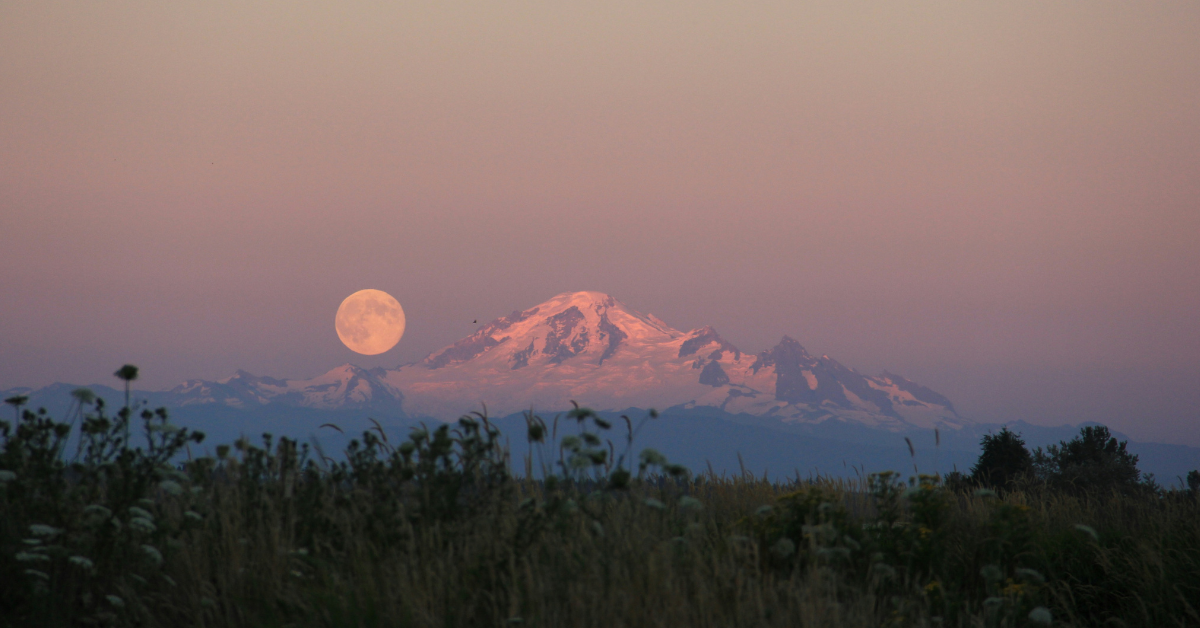Everything You Need To Know About Earth’s Extra "Moon"
That's no moon.
Published Oct. 23 2025, 1:48 p.m. ET

It's a bird, it's a plane, it's a... second moon? That's what many people are calling the second satellite seen orbiting the planet after it was discovered in summer 2025.
But, there may be more to the story of the quasi-moon, and many experts are warning against calling the object Earth's second moon, since it doesn't accurately describe what is going on. Not only that, but the phenomenon is actually a little more common than many people may realize.
So, what is going on up there that has so many people asking if Earth actually does have two moons? Keep reading as we break it down, including how long we'll be seeing double when we look up in the sky.
Spoiler alert: second moon or not, the people of Earth are going to be getting plenty of chances to check the object out as it orbits our planet, considering the fact that scientists believe that the quasi-moon will be around for decades after its discovery.

Does Earth have a second moon?
Unfortunately for lunar enthusiasts, the Earth does not actually have an official second moon.
Our planet only has one moon, which is the name for the natural satellite that orbits a planet. NASA says these objects are also called planetary satellites, and they can come in a variety of different types, shapes, and sizes. The space agency says that our moon is roughly 1,080 miles wide, which put it at about a third of the size of the width of the Earth. The moon is also about 238,855 miles away.
NASA experts believe that the moon was formed after an object about the size of Mars collided with our planet billions of years ago, creating a debris field that eventually came together to form our lunar satellite. At the time this all happened NASA theorizes that the moon was initial made of molten materials, but that it crystalized over the span of 100 million years, creating the lunar crust that we can see from here.
It's believed that the moon will eventually be colonized by humans.
The object people keep calling Earth's second moon is actually an asteroid.
According to ABC News, the quasi-moon is actually an asteroid. The celestial body, known as 2025 PN7, will share the Earth's orbit until around 2083. However, unlike our true moon, the asteroid is not orbiting around the Earth, but instead acting more as a traveling companion as it moves around the sun.
It's this overlap in paths that makes it seem like it's orbiting our planet, which has prompted some to call it a second moon. To start, the asteroid will orbit in an oval pattern.
However, as the gravitational pull changes, the planet will begin to orbit in more of a horseshoe pattern before eventually being pulled away from the Earth entirely.
As unusual as this sounds, it's actually not the first time it's happened. The Earth has had six other quasi-moons, according to experts, with one having been identified as recently as 2024.
Perhaps even more astonishing is the fact that researchers say this quasi-moon as likely been in our orbit for 60 years already, but that we lacked the tools to identify it due to the size and dimness of the object, since only special types of telescopes like the Pan-STARRS one can actually see the asteroid.